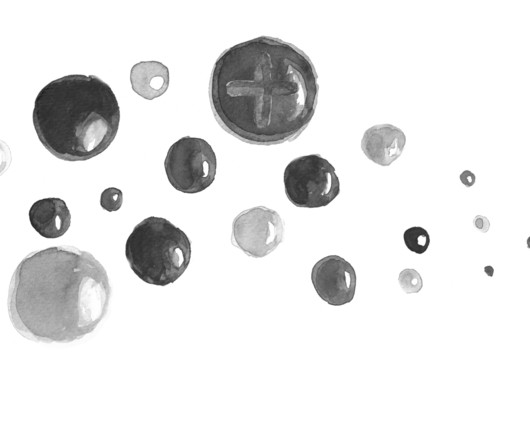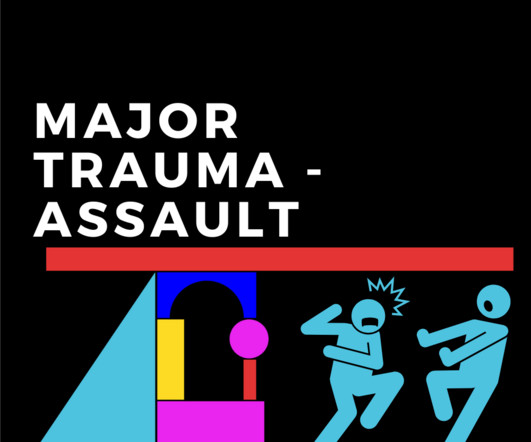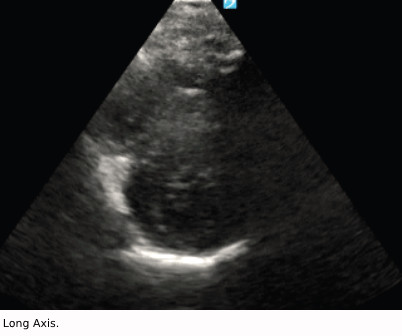Chemical Burns
Mind The Bleep
OCTOBER 29, 2024
Chemical burns are a unique subset of burns that require specialised management due to the nature of the substances involved. The majority of acid burns cause coagulative necrosis and cytotoxicity leading to skin and mucosal changes that limit deeper injury. Keep the patient warm using force air warmers such as Bairhugger.
















Let's personalize your content